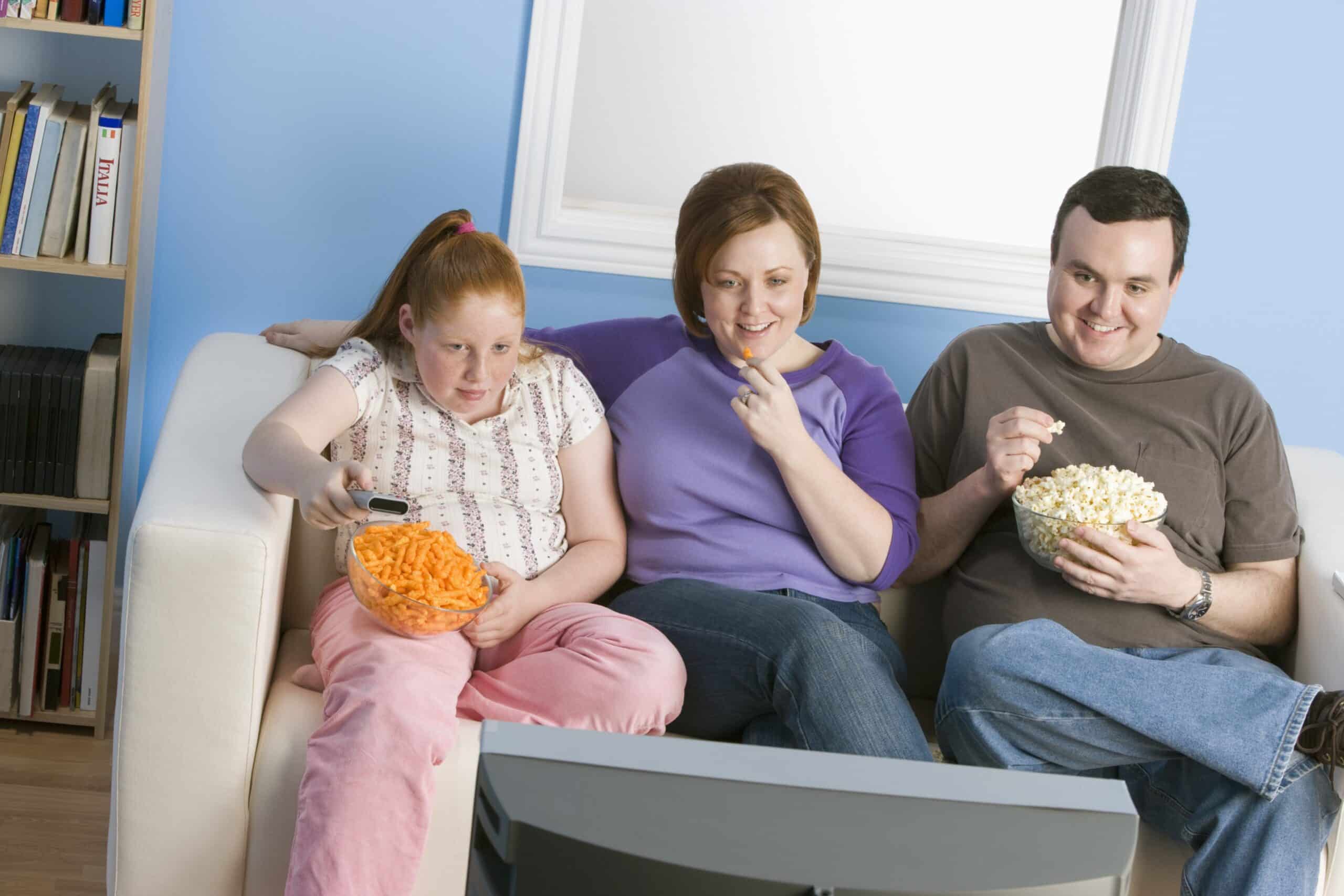The study revealed that by the summer of 2022 only around 41% of children in the UK were meeting the nationally recommended levels for physical activity per day, and immediately after the pandemic only 37% were meeting the goal which is defined as being activity that leaves children slightly hot, sweaty, and out of breath. Unfortunately, using these findings means that 59% of children are still spending too much sedentary time inside of their homes in the wake of COVID. As such medical officers in the UK have sent out a caution that children should limit the amount of time that they are spending sitting or lying down, with the exception of when they are sleeping.
The study did note that there has been a slight overall improvement, but children have become more sedentary during the week, being inactive for an additional 13 minutes compared to pre-pandemic. Parents on the other hand appear to be engaging in at least 8 more minutes of moderate to vigorous physical activity every weekend compared to pre-pandemic rates.
“It’s encouraging that on average, children’s physical activity levels are back to where they were before the pandemic,” says lead author Russ Jago, Professor of Physical Activity and Public Health. “However, it’s taken nearly a year since the last public lockdown was lifted, and children’s increased sedentary time during the week has persisted, which is an area of concern for policymakers, schools, and parents.”
For this study physical activity levels of 829 children aged 10-11 were measured from 28 schools in the Bristol area. The children as well as a parent or caregiver wore an accelerometer and completed questionnaires, and this data was compared to pre-pandemic data collected from 1,300 children and parents from 50 schools in the same area before the pandemic.
“The findings suggest that physical activity is susceptible to disruptions in provision and leisure opportunities, and highlight that not enough 10 to 11-year-olds are meeting the guidelines. On the flip side, it’s great to see how the pandemic may have encouraged parents to be more active, and it seems these habits may be continuing,” says co-author Dr. Ruth Salway, Senior Research Associate in Epidemiology and Statistics.
Parents and caregivers can help to get children more active by limiting the amount of time that they are allowed to be on gaming devices, mobile devices, computers, and watching television. Encouraging fun family activities that involve physical activity can help to get them moving, such as hiking, biking, swimming, and playing sports together. This will not only get them away from wasting time on electronic devices and being sedentary, but these types of activities will strengthen family bonds while increasing physical activity.
It is important that children have age-appropriate toys and equipment that promote physical activity like balls, frisbees, jump ropes, roller skates, and bicycles. It is also important that children have a chance to bond and interact with other children in activities that involve physical activity like hide and seek, playing tag, swimming, hopscotch, jump rope, dancing, or engaging in sports. You could even consider enrolling your children in extracurricular activities to promote more active socializing like martial arts, dancing, skating, or another sport that can help them to develop their own exercise habits.
Children often imitate what they see, as such they are more likely to be more active if they see that their parents and caregivers are participating in physical activities. By being active yourself, you are being a positive role model. You can even include your children in some of your activities when possible. It might be a good idea to assist your children in setting goals for their physical activity that are realistic and provide rewards/incentives for reaching their goals like a special outing or small treat to reinforce that sense of pride for accomplishment and achievement of doing something on their own.




